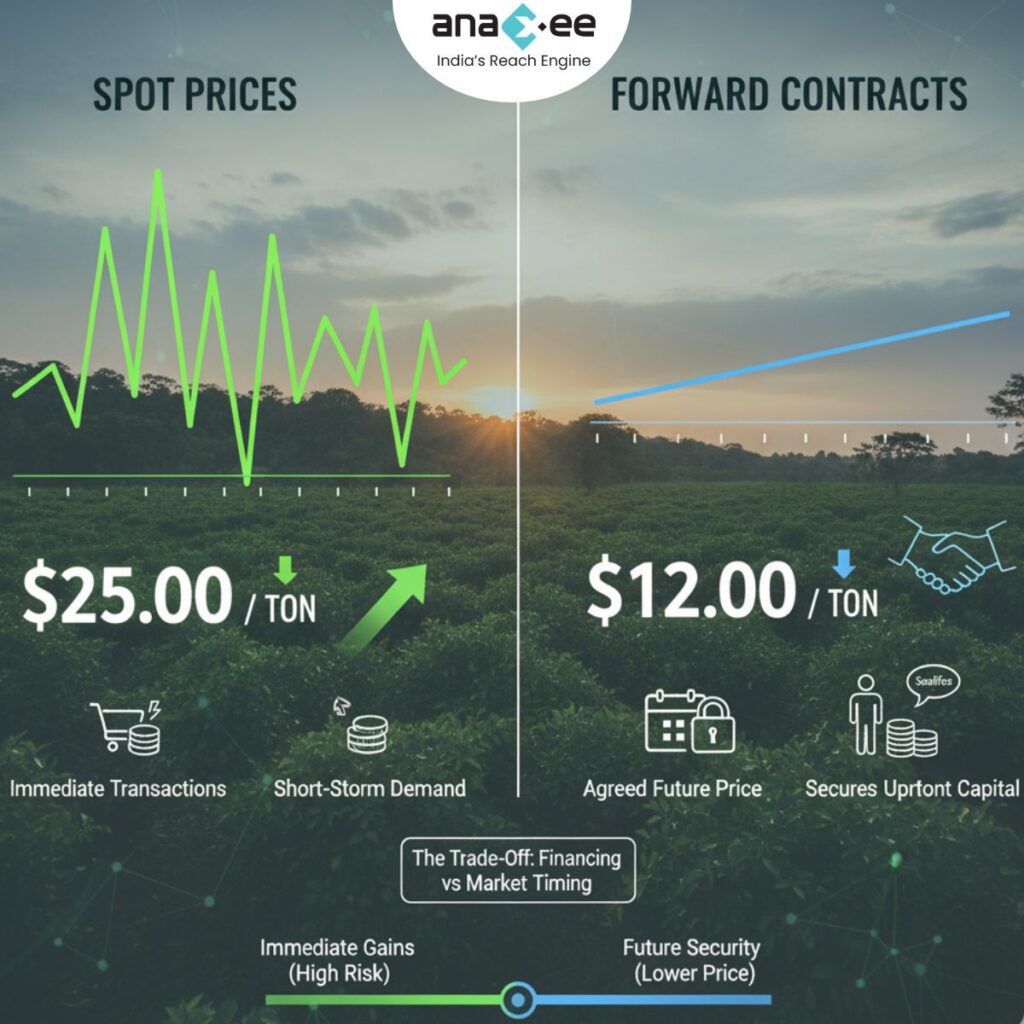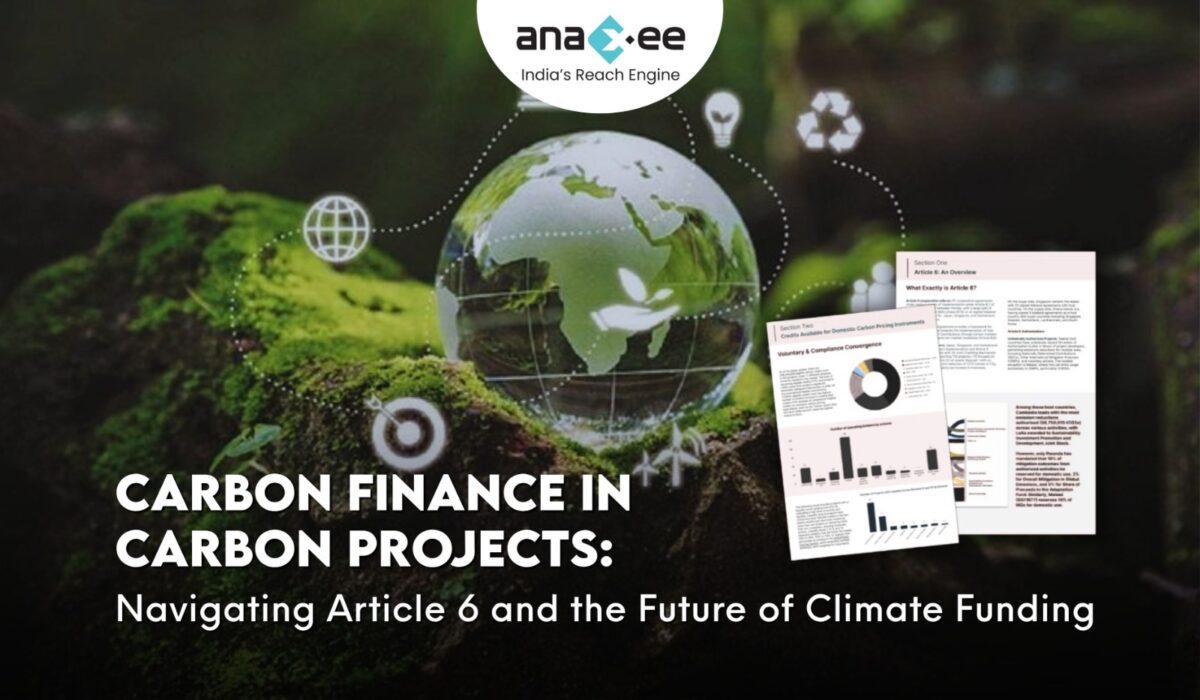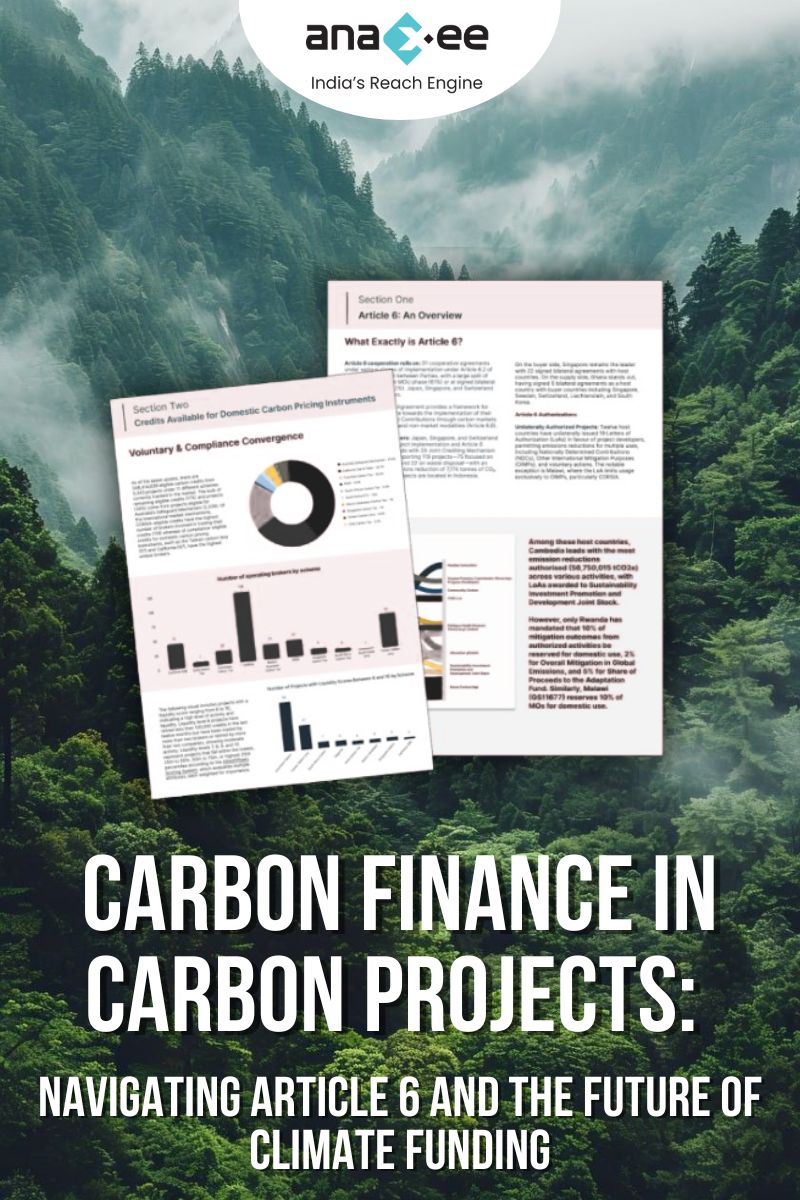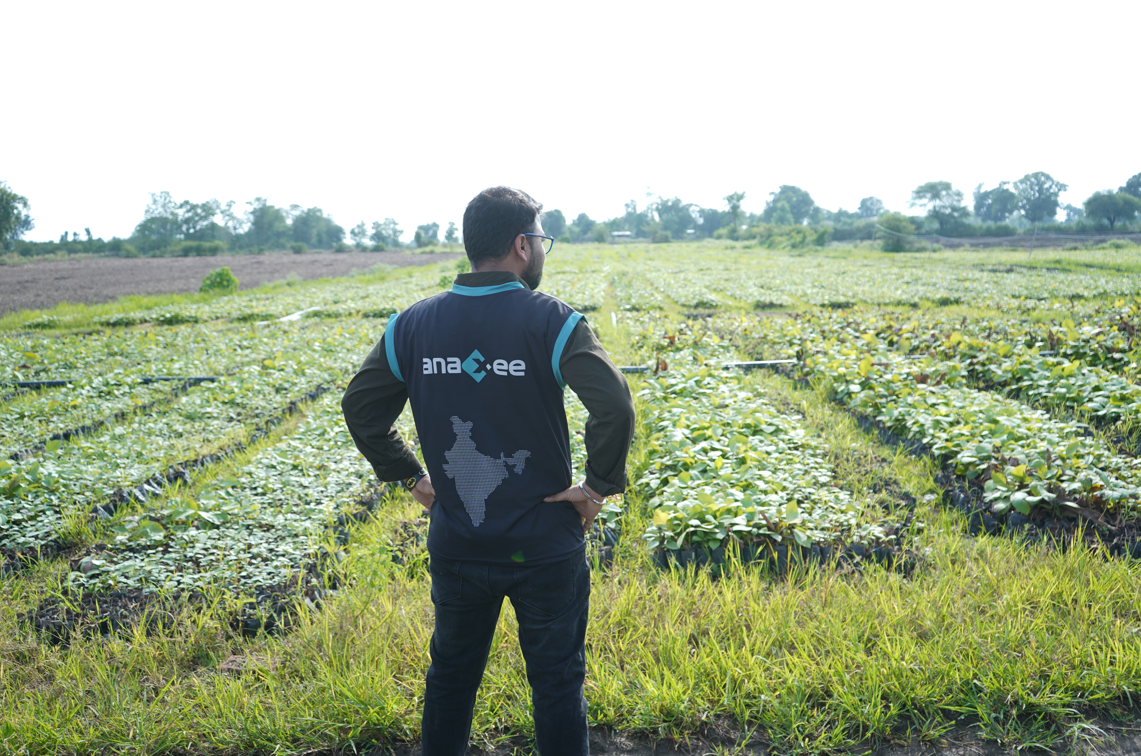Carbon Pricing – Trends, Risks, and the Future of Voluntary Carbon Markets
Introduction
Carbon markets are built on one fundamental element: price. A carbon credit, typically representing one ton of CO₂ avoided or removed, is the currency of climate finance. Yet, unlike regulated compliance markets such as the EU ETS, voluntary carbon markets (VCMs) operate in a fragmented and uncertain environment. Prices fluctuate based on project type, geography, certification, and even reputation.
The Carbon Finance Playbook shows us that carbon pricing is not just about numbers. It determines whether projects can raise capital, if communities benefit fairly, and whether investors trust the system. In this blog, we’ll explore how carbon pricing works, recent trends, the risks of volatility, and what the future could look like for voluntary carbon markets.
What is Carbon Pricing?
Carbon pricing assigns a monetary value to each ton of CO₂ reduced or removed. It serves two main purposes:
- Incentivizing reductions: Higher carbon prices encourage industries to cut emissions.
- Channeling capital: Prices determine the flow of money into mitigation projects, especially in emerging markets.
In compliance markets (like the EU ETS), prices are regulated by governments. In voluntary markets, prices are shaped by buyers, sellers, and market sentiment. This lack of uniformity leads to wide variation.
Current Pricing in Voluntary Carbon Markets
Voluntary markets are diverse. Prices vary dramatically depending on:
-Project type: Removal projects (e.g., afforestation) command higher prices than avoidance (e.g., cookstoves).
-Location: Credits from Latin America or Asia may fetch more than those from Africa.
-Co-benefits: Projects verified for biodiversity, water, or community benefits often earn a premium.
-Vintage: Older credits (pre-2016) usually sell at a discount.
Examples (2023 ranges from Playbook):
-REDD+: $1.77 – $17.91 per ton.
-Cookstoves: $5 – $15 per ton.
-Reforestation/ARR: $10 – $25 per ton.
-Blue Carbon: $20 – $40 per ton (premium category).
These ranges show how inconsistent pricing can be across the VCM.
Spot vs Forward Contracts

One major feature of carbon pricing is the difference between spot prices and forward/offtake contracts.
-Spot Prices: Reflect immediate transactions. They are volatile and influenced by short-term demand.
-Forward/Offtake Contracts: Buyers agree to purchase future credits at fixed prices. This helps developers secure upfront capital but often at discounted rates.
For example, a reforestation project might sell credits today for $12/ton via offtake, even if spot prices later rise to $20/ton. This trade-off between immediate financing and potential long-term gains is a key tension in the market.
Premium Pricing for High-Quality Credits
Not all carbon credits are equal. High-quality credits can earn significant premiums. Factors include:
-Removal vs Avoidance: Removal credits are perceived as more permanent and fetch higher prices.
-Certification: Verra and Gold Standard remain dominant, but alignment with ICVCM’s Core Carbon Principles is expected to set a quality benchmark.
-Co-benefits: Credits with verified biodiversity conservation or community development impacts attract ESG-focused corporates willing to pay extra.
-Article 6 Alignment: Credits authorized under Paris Agreement Article 6 may trade higher due to compliance compatibility.
Risks in Carbon Pricing
Despite optimism, carbon markets face several risks:
1. Volatility
Carbon prices can swing widely due to demand shocks, policy changes, or media coverage of integrity concerns. This makes financial planning difficult for developers.
2. Over-Crediting and Integrity Issues
Criticism of over-credited projects, especially in REDD+, can depress demand and prices. Reputational risks spill across the entire market.
3. Political and Regulatory Uncertainty
Host countries may impose taxes, royalties, or restrictions on carbon exports. This adds unpredictability to project revenue streams.
4. Liquidity Risks
Compared to compliance markets, VCMs remain small and fragmented. Thin liquidity leads to price inefficiency.
5. Currency Risks
Most credits are traded in USD, but project expenses are often in local currencies. Exchange rate fluctuations can erode returns.
Tools for Mitigating Pricing Risks
Investors and developers use several strategies to manage risk:
-Diversification: Investing across project types and geographies.
-Insurance Products: Cover delivery failure and political risks.
-Concessional Capital: Early-stage donor funding helps absorb initial volatility.
-Standardization Initiatives: The ICVCM’s Core Carbon Principles aim to reduce uncertainty and increase trust.
Article 6 and Its Impact on Pricing
Article 6 of the Paris Agreement enables countries to trade carbon credits as Internationally Transferred Mitigation Outcomes (ITMOs). While still developing, Article 6 could:
-Increase demand for credits with compliance value.
-Introduce stricter oversight and reduce low-quality credits.
-Push prices higher for Article 6-authorized units.
Emerging markets stand to benefit if they can align projects with Article 6 frameworks, but risks include reduced voluntary demand if corporates shift to compliance markets.
The Future of Carbon Pricing
Forecasts vary, but most experts agree that prices must rise significantly to meet climate goals.
Conservative Projections:
-$50-$80 per ton by 2050.
Optimistic Scenarios:
-$150 – $200+ per ton by 2050.
Key drivers of future prices include:
-Stricter corporate net-zero commitments.
-Growth of removal technologies like DAC and biochar.
-Increased role of Article 6 credits.
-Rising demand for high-quality, high-integrity credits.
Case Example: Reforestation Project Pricing
Imagine a reforestation project in Kenya. It requires heavy upfront costs, so the developer sells an offtake contract at $10/ton. By year 7, when trees start sequestering significant carbon, spot prices rise to $25/ton. The early investors benefit from low-cost access, while the project sacrifices some revenue in exchange for early capital. This illustrates the balancing act between financing needs and market timing.
Conclusion
Carbon pricing in voluntary markets is complex, volatile, and highly context-dependent. For developers, understanding price dynamics is essential for survival. For investors, pricing is the difference between a profitable deal and a stranded asset. And for communities, carbon price levels decide whether benefit-sharing agreements translate into meaningful livelihood improvements.
As the market matures, integrity, transparency, and regulation under Article 6 will likely push prices higher. The question is not whether carbon prices will rise, but how quickly, and who will benefit most. Emerging markets that can deliver credible, high-quality projects stand to gain the most from this transformation.
About Anaxee:
Anaxee drives large-scale, country-wide Climate and Carbon Credit projects across India. We specialize in Nature-Based Solutions (NbS) and community-driven initiatives, providing the technology and on-ground network needed to execute, monitor, and ensure transparency in projects like agroforestry, regenerative agriculture, improved cookstoves, solar devices, water filters and more. Our systems are designed to maintain integrity and verifiable impact in carbon methodologies.
Beyond climate, Anaxee is India’s Reach Engine- building the nation’s largest last-mile outreach network of 100,000 Digital Runners (shared, tech-enabled field force). We help corporates, agri-focused companies, and social organizations scale to rural and semi-urban India by executing projects in 26 states, 540+ districts, and 11,000+ pin codes, ensuring both scale and 100% transparency in last-mile operations. Connect with Anaxee at sales@anaxee.com





